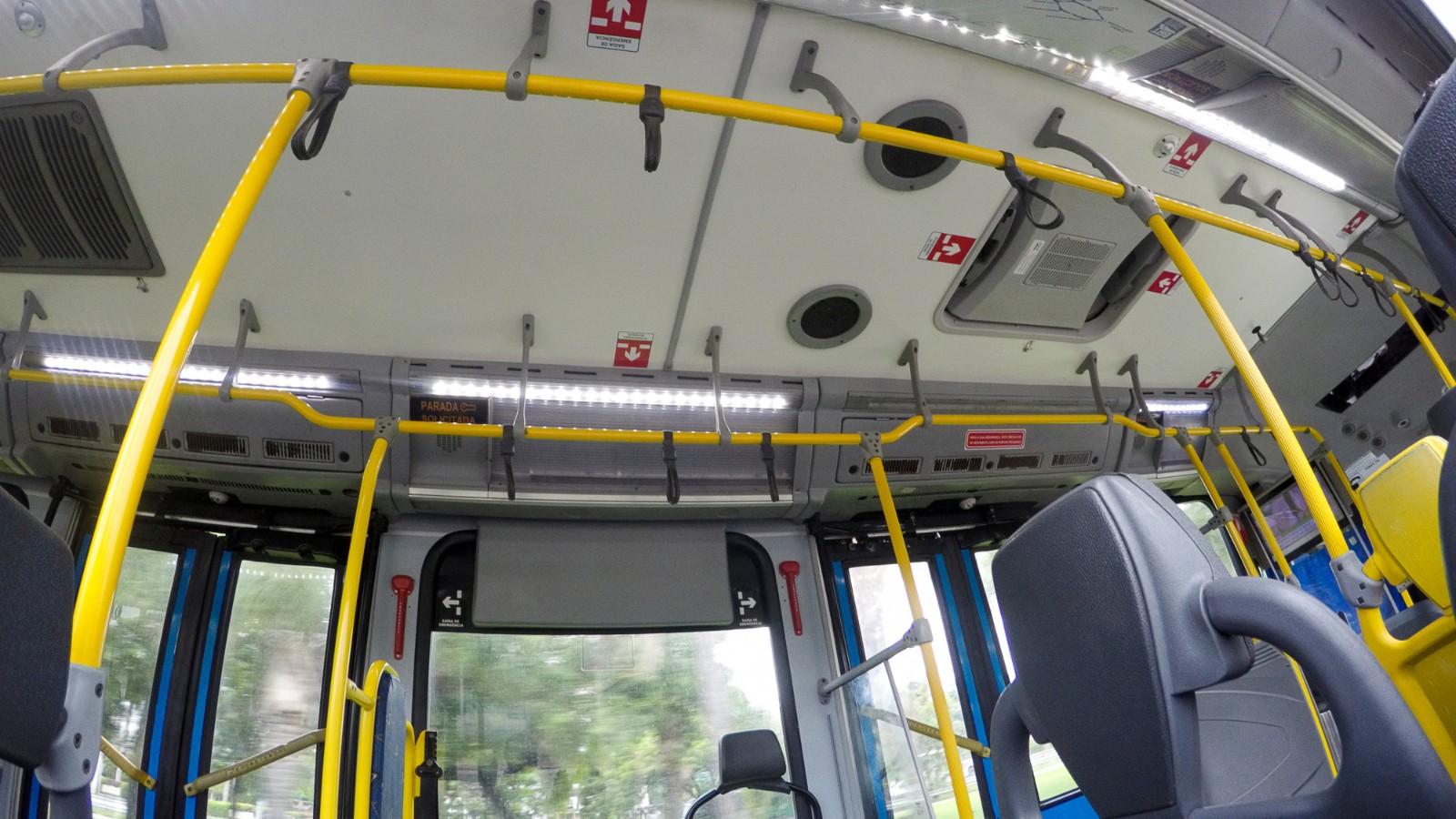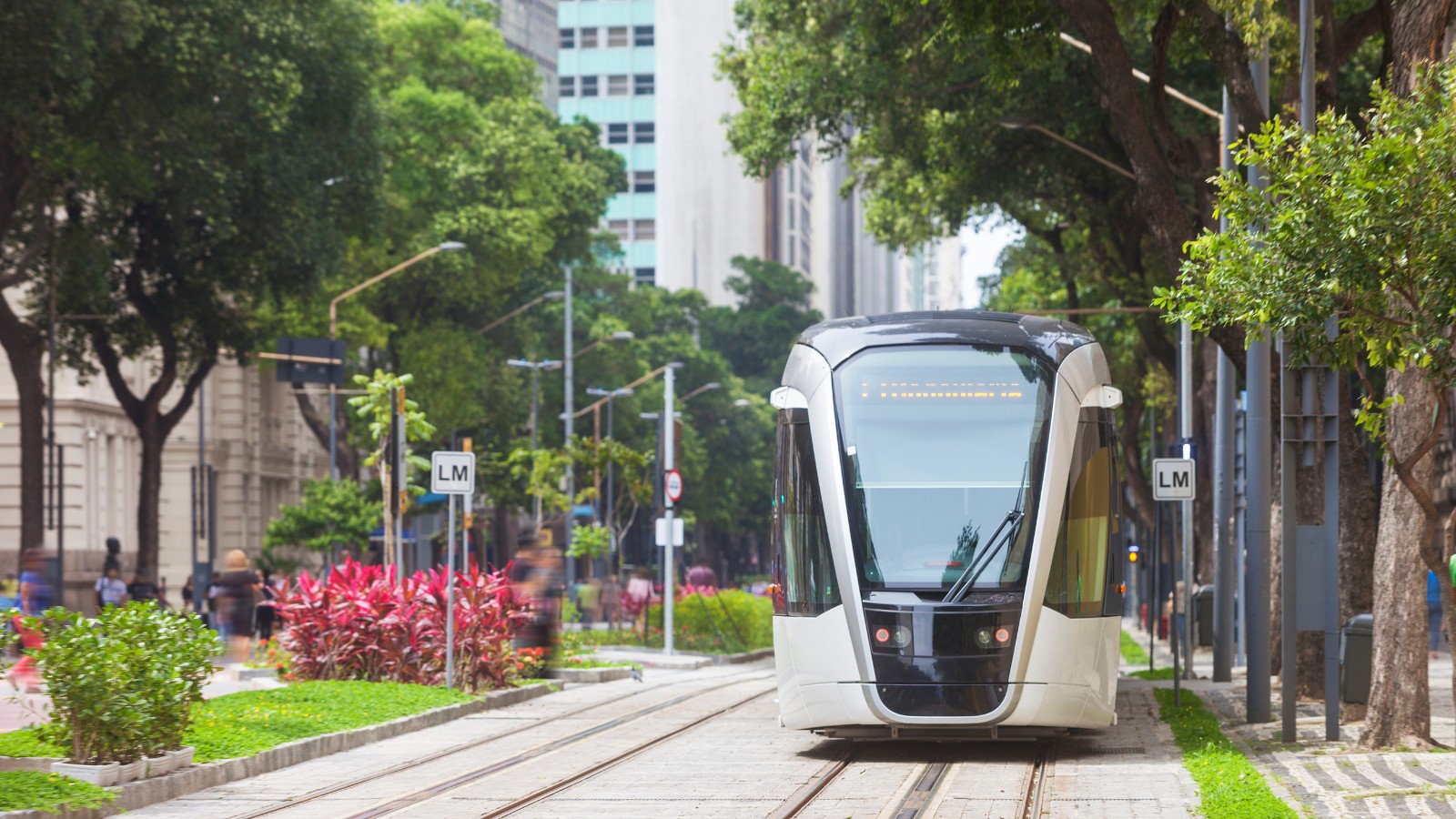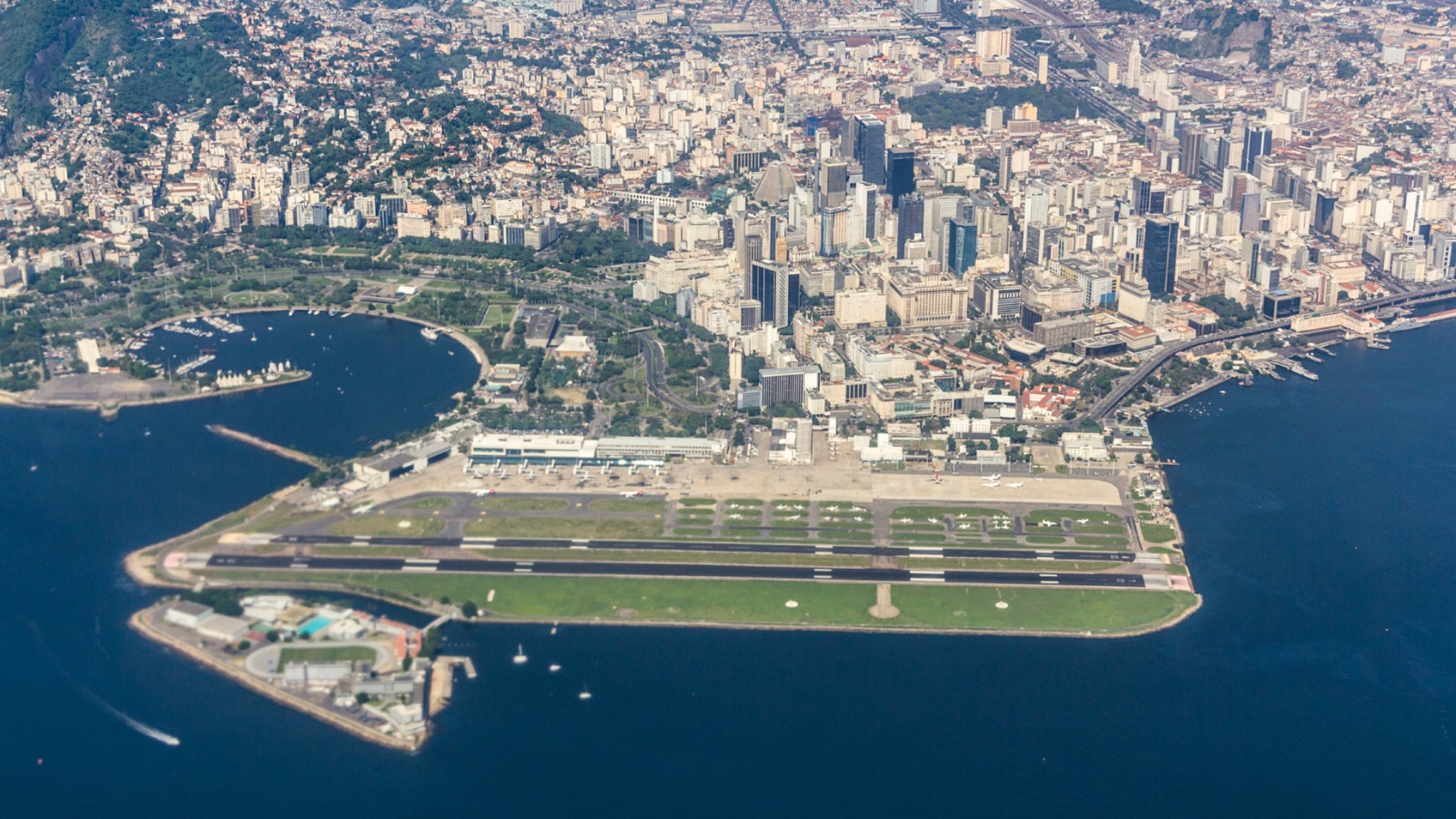
So you’re heading to the marvelous city! As someone who’s spent countless hours navigating Rio’s winding streets and packed metros, I can tell you that understanding the transport system here will make or break your experience. Unlike the predictable subway systems of London or New York, transport in Rio has its own unique personality – sometimes frustrating, often charming, and always an adventure.
Transport in Rio: Your Options at a Glance
Before we dive into the details, here’s what you need to know: Rio offers a surprising variety of transport options, from ultra-modern metro lines to chaotic but character-filled buses. Your best bet? A mix-and-match approach based on where you’re going and what time of day it is.
The Metro: Rio’s Best-Kept Transport Secret
The Metro might be my favorite way to get around Rio. It’s clean, efficient, and mercifully air-conditioned (trust me, you’ll appreciate this when the temperature hits 38°C in February!).
It’s also one of the easiest ways to get close to major attractions like Christ the Redeemer.
The system consists of three lines covering 58 km with 41 stations:
- Line 1 (Orange): Runs from Uruguai/Tijuca to Botafogo
- Line 2 (Green): Connects Pavuna to Botafogo
- Line 4 (Yellow): Links Jardim Oceânico/Barra da Tijuca to General Osório
Top tip: Avoid rush hours (7:00-9:00 AM & 5:00-7:00 PM) if you value personal space. The trains get absolutely rammed with commuters, especially on Line 2.
The standard fare is R$6.90 (about $1.40 USD), which might seem steep compared to local bus prices, but it’s worth every centavo for the reliability and comfort. You can pay using contactless bank cards, cash, or a prepaid “Giro” card if you’re staying longer.
Ladies, take note: there are women-only carriages during rush hours on weekdays, marked in pink. These can be a blessing during peak times.
Buses: The Chaotic Backbone of Rio
I’ll be honest – Rio’s bus system initially confused the life out of me. There are nearly 440 routes serving over four million passengers daily, and understanding which one to take can feel like deciphering hieroglyphics.
The good news is that most destinations have multiple bus options, and they’re ridiculously frequent. The bad news? Schedules are more of a suggestion than a rule, and some routes pass through areas you might want to avoid.
A few things to know about Rio’s buses:
- Standard fare is around R$4.30
- You pay as you board, and most buses do not accept credit cards – have cash or a RioCard ready
- When you want to get off, press the stop button well in advance
- Backpacks should be worn in front (this is both etiquette and smart security)
Bear in mind: Buses can get extremely crowded, and pickpocketing is not uncommon. Keep valuables secure and avoid using your phone openly while riding.
BRT: Fast-Track Through the City

If you’re covering longer distances, Rio’s Bus Rapid Transit system might be your best friend. These articulated buses run on dedicated lanes, bypassing the notorious traffic jams.
The system has several corridors:
- TransOeste: The pioneer line that reduced travel times by an average of 40 minutes
- TransCarioca: Connects 27 neighborhoods across 39 km with 47 stations, including a direct link to the International Airport
- TransBrasil: The newest addition (opened February 2024), adding 60 km to the system
What I love most about the BRT is the predictability – something that’s often lacking in Rio’s transport system. The stations are well-marked, and the buses run frequently. But they do get crowded at peak times, and some stations can feel a bit sketchy after dark.
VLT (Light Rail): Perfect for Tourist Areas

The VLT Carioca is Rio’s modern tram system that elegantly glides through the city center. With 28 km of track and 42 stations across four lines, it’s particularly useful for tourists since it connects many central attractions.
It’s my go-to option when exploring the revitalized Porto Maravilha area or heading to Santos Dumont Airport. The trams are clean, air-conditioned, and – unlike many transport options in Rio – rarely overcrowded.
A single ticket costs R$4.30, and you can pay with your RioCard or buy tickets at stations. What makes the VLT special is its technology – it runs without overhead wires, using ground-level power supply instead.
Uber & Taxi Apps: Your Late-Night Saviors

When night falls in Rio, the transport equation changes. While the metro stops running around midnight (except during special events like Carnival), Uber and taxi apps keep going 24/7.
I generally find Uber to be cheaper than traditional taxis, and the app’s tracking feature adds an extra layer of security. The Táxi.Rio app (the official Rio taxi app) is also excellent and sometimes offers discounts of up to 40%.
Top tip: Request Uber Comfort if you want to ensure air conditioning – trust me, it’s worth the slight price bump during Rio’s sweltering summer months.
When using ride-hailing services, always:
- Check that the license plate matches what’s shown in the app
- Share your trip with a friend if traveling alone late at night
- Avoid rolling down windows completely when in traffic
Cycling: For the Brave and the Fit

Rio has made strides in developing cycling infrastructure, with about 40 km of dedicated paths. The bike-sharing system offers 600 bicycles for public use, which can be a fantastic way to explore the scenic coastal areas.
But I’ll be straight with you – cycling in Rio is not for the faint-hearted. The city’s topography is challenging (they don’t call it the “Marvelous City” for nothing – those views come with hills!), and car drivers aren’t always considerate of cyclists.
The beachfront ciclovias (bike paths) along Copacabana and Ipanema are the exception – these are flat, safe, and absolutely gorgeous at sunset.
Ferry Services: The Scenic Route

If your travels take you across Guanabara Bay to places like Niterói, consider the ferry services from Praça XV. These boats offer a practical transport option with the bonus of breathtaking views of Sugarloaf Mountain and the Rio skyline.
Routes connect Rio to Niterói (both Centro and Charitas), Paquetá Island, and Cocotá. The journey to central Niterói takes about 20 minutes and costs around R$7.50.
Must-do in Rio: While ferries offer stunning bay views, the Christ the Redeemer Cog Train provides an unforgettable ride through the Tijuca Forest.”
From Airport to Accommodation

Nothing’s more disorienting than landing in a new city and trying to figure out how to get to your accommodation. Here’s what you need to know:
From Galeão International Airport (GIG)
You have several options:
- BRT to Metro: Take the TransCarioca BRT to Vicente de Carvalho station, then switch to the metro. This is economical but involves a transfer.
- Frescão Executive Bus: This air-conditioned bus service goes to Copacabana and Ipanema for about R$24.85. It’s cash-only, so have Brazilian currency ready.
- Uber or Táxi.Rio: The most convenient option, especially if you’re arriving at night or with lots of luggage. At GIG, the Uber pickup area is on the bottom floor – exit, turn left, and follow the signs.
Top tip: Pre-arrange your transportation when possible to avoid scams, which unfortunately do happen at airports.
From Santos Dumont Airport (SDU)

If you’re flying domestically, you might arrive at Santos Dumont, which is beautifully located right in the city center.
- VLT: The easiest option, with a station right outside the terminal
- Metro: Cinelândia station is about a 10-minute walk away
- Uber/Taxi: Readily available, and trips to the South Zone are relatively quick outside of rush hour
Must-Have Transport Apps
Before you arrive, download these lifesavers:
- Moovit: The best app for navigating Rio’s public transport system
- Uber: Essential for late-night travel or reaching places poorly served by public transport
- Táxi.Rio: The official taxi app with good rates and reliable service
- Google Maps: Reliable for most transport options, though bus times can be unpredictable
I’d also recommend downloading offline maps of Rio, as WiFi and mobile data coverage can be spotty in some areas.
The RioCard: Your Transport Passport
If you’re staying for more than a couple of days, getting a RioCard will make your life much easier. This rechargeable card works across all public transportation modes and offers integration discounts when transferring between services.
You can purchase and top up your RioCard at any VLT or metro station. The card itself costs around R$3, and you can load as much credit as you need.
Transport During Special Events
Carnival (February)
During Carnival, Rio’s transport system goes into overdrive. The metro operates 24/7 from Saturday to Wednesday of Carnival week, which is a godsend when you’re heading back from late-night blocos (street parties).
Be aware that many streets will be closed for parades and blocos, affecting bus routes and making Uber pickups challenging in certain areas. The metro becomes your most reliable option during this period.
New Year’s Eve

If you’re celebrating Reveillon on Copacabana Beach with the two million other revelers, note that the metro runs all night, but after 7:00 PM, you need a special prepaid ticket (sold in advance at select stations).
Getting home afterward is an adventure in itself – expect to walk considerable distances before finding an available Uber or taxi.
Safety Tips for Public Transport
Rio’s reputation for safety concerns is not entirely unwarranted, but with some street smarts, you can navigate the city confidently:
- Keep valuables out of sight – that means no phones out on buses or at bus stops
- Use a money belt or hidden pouch for cash and cards
- Be especially vigilant in crowded vehicles where pickpocketing is common
- Avoid empty buses or metro carriages, particularly late at night
- Stick to well-lit, populated areas when walking to/from stations
The Bottom Line: My Transport Recommendations
After years of trial and error, here’s my honest advice:
- For tourists staying in the South Zone: Metro and Uber are your best bets – safe, efficient, and relatively stress-free
- For longer distances: BRT or SuperVia trains if they serve your destination
- For the city center: VLT is perfect for hopping between central attractions
- After dark: Stick to Uber or official taxis
Buses are the most economical option, but they require more local knowledge to navigate successfully. If you’re on a tight budget, download Moovit and embrace the adventure!
Remember that in Rio, transport isn’t just about getting from A to B – it’s part of the experience. You’ll witness everyday Carioca life, hear Portuguese conversations, and maybe even make some friends along the way. So grab your RioCard, download those apps, and dive into the wonderful chaos that is Rio de Janeiro!
Boa viagem, and see you on the metro!